Selling a car at a loss of 270,000 yuan, "rich second generation" Polestar becomes the "king of losses"
![]() 07/15 2024
07/15 2024
![]() 470
470
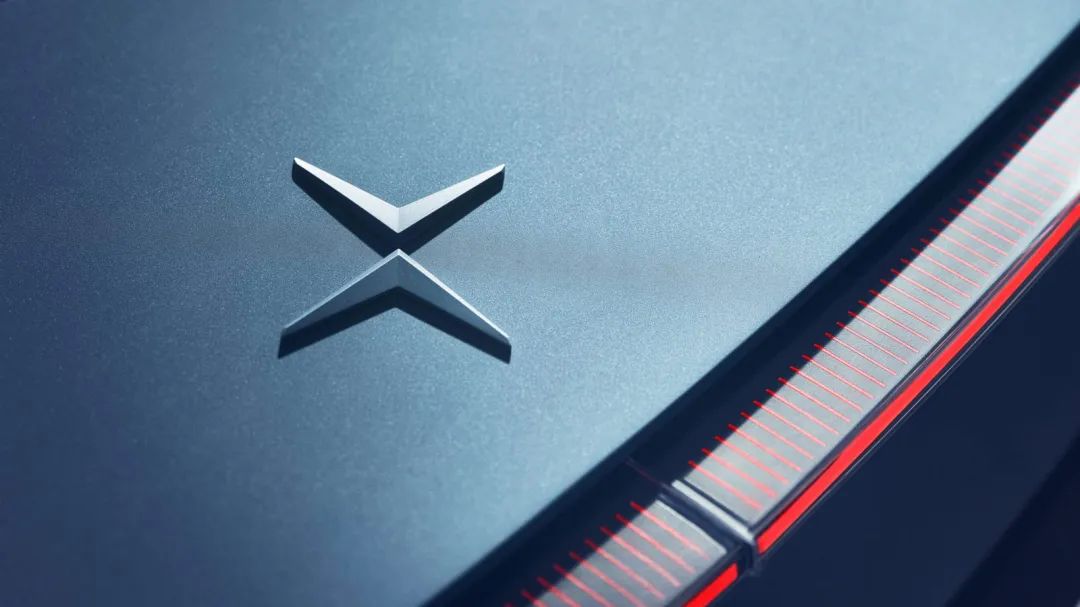
Image source: Polestar
Looking back to the eve of the 2023 Guangzhou Auto Show, Polestar held its largest-ever launch event, "Star Picking Night," under the iconic "Small Waist" landmark in Guangzhou. That night, Polestar shone brightly, and the world remembered this ambitious brand.
Time flies, and the miserable current state of Polestar stands in stark contrast to its initial glorious vision. Recently, Polestar has suffered a series of heavy blows, starting with a shocking "0 kronor" valuation from its former key partner, Skandinaviska Enskilda Banken (SEB), which sparked widespread controversy.
Subsequently, due to failing to disclose its annual report in a timely manner, Polestar received a delisting warning from Nasdaq, and its share price plummeted from an initial high of $13 to just $0.92, reducing its market value to less than $2 billion.

Image source: Xueqiu
Particularly concerning is Nasdaq's rule that if a listed company's share price falls below $1 for 30 consecutive trading days, it will face delisting risk. Polestar is currently hovering on the brink of this life-or-death situation, with a bleak outlook. This scene bears a striking resemblance to Faraday Future's experience in the capital market, led by Jia Yueting, eliciting sighs of regret.
Looking back at Polestar's origins, it should have been the "rich second generation" among new forces, backed by the substantial resources of Volvo Cars and Geely. However, in the face of the strong rise of domestic new energy automakers like NIO, XPeng, and Li Auto, Polestar failed to demonstrate commensurate competitiveness, prompting reflection: why has Polestar, with such superior conditions, fallen into such a predicament?
While the threat of delisting is not irreversible, Polestar is indeed standing at a crossroads of fate.
Selling a car at a loss of 270,000 yuan, Polestar becomes the "king of losses"
As Volvo's high-performance electric vehicle sub-brand, Polestar has carried the ambition of Volvo and Geely to jointly create global high-performance electric vehicles since its independence in 2017. In June 2022, Polestar successfully landed on the U.S. stock market through a SPAC, with a market value of up to $27.5 billion on its first day.
Behind the flowers and applause, Polestar failed to sustain its glory, plummeting from the clouds to the depths of mediocrity. In the first quarter of this year, deliveries plummeted by 40%, with only 7,200 vehicles sold. Meanwhile, the company's revenue fell by 36% year-on-year to $345.3 million, and its net loss reached $274 million, equivalent to approximately 2 billion yuan.
This data is shocking, with an average loss of nearly 270,000 yuan per vehicle sold, surpassing even NIO's losses and earning the title of "worst automaker in 2024."
According to statistics, Polestar's global sales in recent years were 10,200 in 2020, 29,000 in 2021, 51,500 in 2022, and 54,600 in 2023. The sales dilemma directly reflects the limited market recognition of the Polestar brand, which struggles to cross the threshold of niche brands.
As we all know, 300,000 units is the benchmark for new energy vehicle manufacturing, which is why even if new energy automakers suffer losses from price wars, they must maintain economies of scale. The lack of scale advantages has directly led to high manufacturing costs for Polestar, with consecutive years of losses becoming the norm. From 2021 to 2023, Polestar's losses were $1.007 billion, $466 million, and $542.7 million, respectively, totaling $2.016 billion over three years.
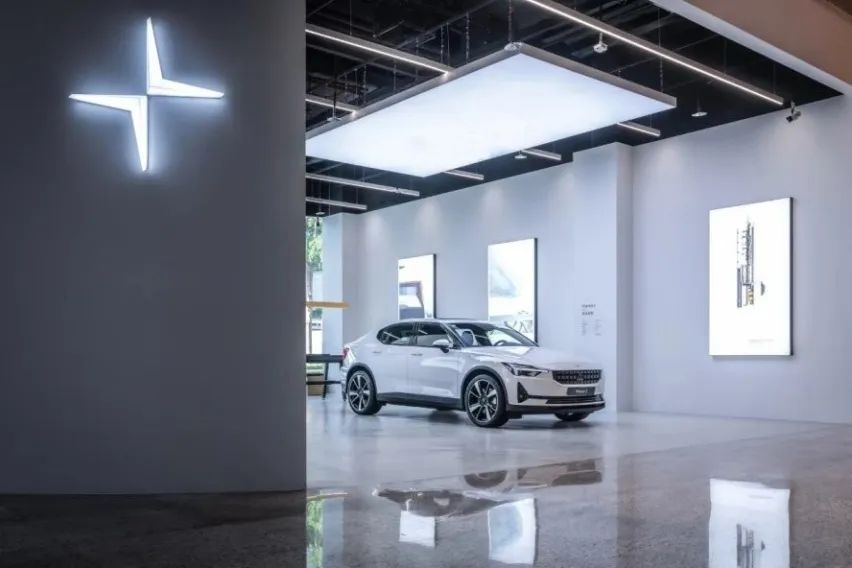
Image source: Luyao Mali Shuo
In fact, before its 2022 IPO on the U.S. stock market, Polestar was already deep in the quagmire of losses, with a combined loss of $1.69 billion from 2019 to 2021.
It is particularly noteworthy that Polestar does not have much money left. In the first quarter of this year, Polestar had $789 million remaining, equivalent to approximately 5.7 billion yuan. In comparison, NIO, XPeng, and Li Auto had cash reserves of 45.3 billion yuan, 41.4 billion yuan, and 98.9 billion yuan, respectively.
Under financial pressure, Polestar has had to adopt a series of self-rescue measures, including multiple rounds of layoffs and factory closures. Although the company has defended against the layoff ratio, it cannot deny that Polestar is experiencing unprecedented operational difficulties.
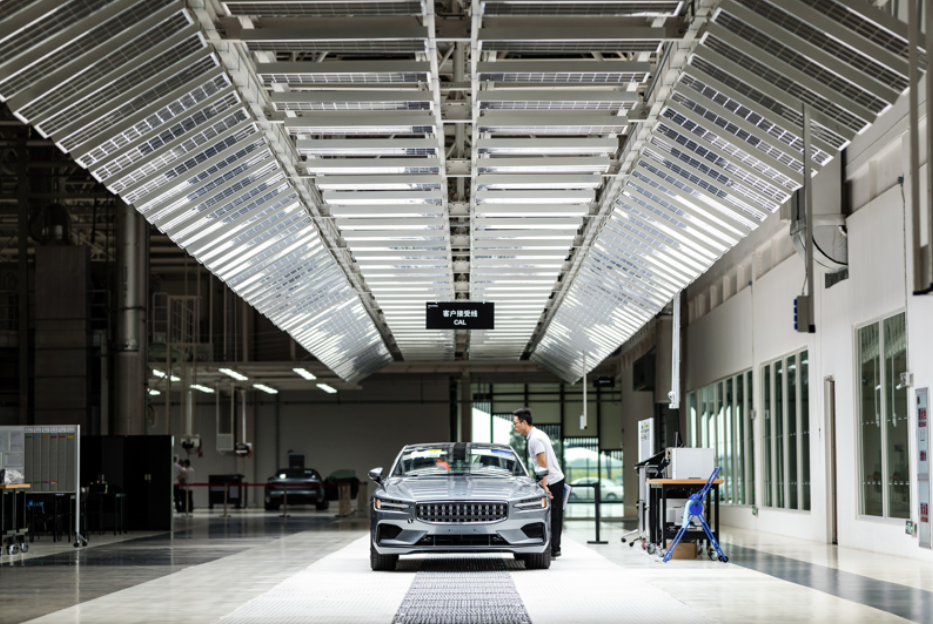
Image source: Gasgoo
More severely, Volvo Cars, as a major shareholder, has announced that it will no longer provide financial support to Polestar and will transfer 62.7% of its shares to Geely Group, retaining only 18%. This move undoubtedly casts a shadow over Polestar's future.
The capital market's response has been even more direct, with Polestar's share price continuing to plummet, falling below $1 per share for consecutive trading days, resulting in a cliff-like drop in market value and imminent delisting risk.
Why is Polestar not working?
Why has Polestar, born with a silver spoon, failed to shine as brightly as NIO, XPeng, and Li Auto in the new energy vehicle race? Behind this lies a multitude of intricate factors.
First, Polestar's biggest challenge lies in its fluctuating brand positioning. At times, it positions itself as a high-end luxury brand, attempting to compete with giants like Tesla and Porsche; at other times, it tries to appeal to the masses by adjusting prices to attract a wider range of consumers. This frequent switching strategy has not only failed to create a blockbuster model but has also blurred the brand image, making it difficult for consumers to form a stable brand perception.
Polestar currently has only four models, priced from 300,000 to 1.5 million yuan. The first model, Polestar 1, is positioned as a medium to large GT sports car, targeting Tesla's Model S, with a price tag of up to 1.45 million yuan. It even resorted to "hunger marketing," claiming a global limited edition of 1,500 units and an annual production limit of 500 units. However, the result was only a few dozen sales per year.
The second model, Polestar 2, targets Tesla's Model 3, with prices ranging from 298,000 to 460,000 yuan. However, sales remained low, with only 365 units sold in the same period when Tesla's Model 3 sold over 130,000 units.
For the third model, Polestar 3, it began to target Porsche, with prices ranging from 698,000 to 798,000 yuan; while Polestar 4 aimed at Tesla's Model Y, starting at 339,900 yuan. Polestar tried to cover all possible markets, but ended up being proficient in none, leaving much to be desired.
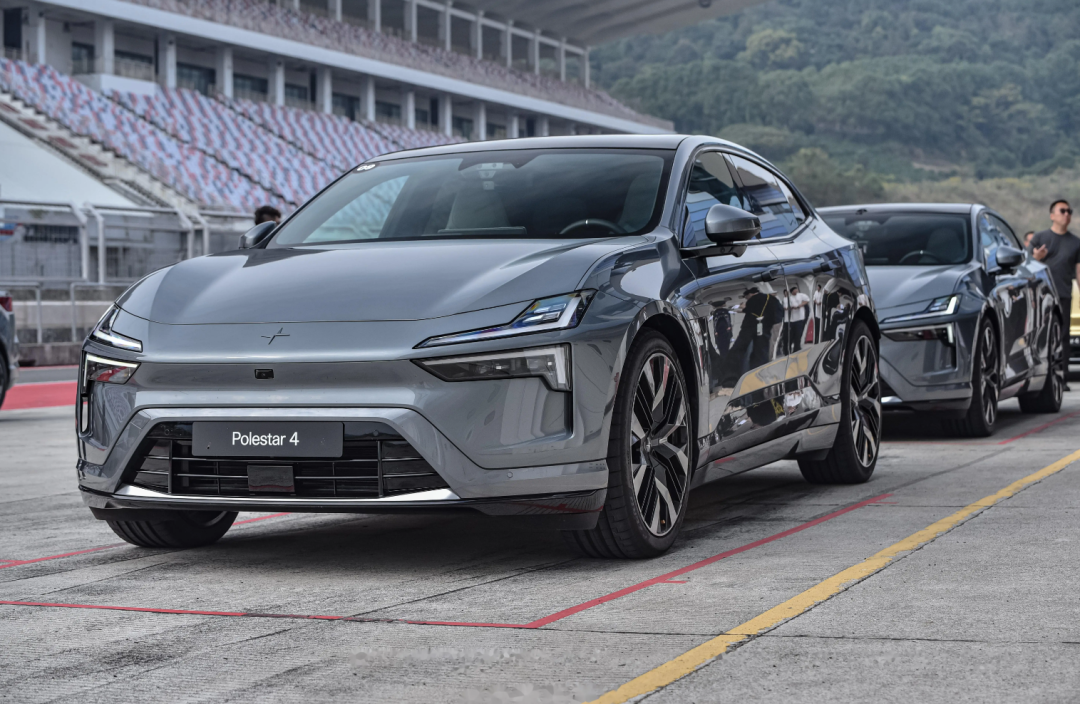
Image source: Yiche.com @ Pingche Xiaozhuge A
Second, instability in management is also a significant obstacle to Polestar's development. As a joint venture between Volvo and Geely, Polestar should have had strong backing, but its management team has undergone frequent changes, with six different CEOs in six years, making it difficult for the company's strategy to be consistently and effectively executed.
Moreover, most of the management team are foreigners, who may have a biased understanding of the Chinese market, further exacerbating strategic uncertainty. After all, when it comes to foreigners in new energy, only Musk is well-known.
Polestar's sales in China have surprisingly declined year by year over the past few years, with annual sales of 2,048 units, 1,717 units, and 1,100 units from 2021 to 2023, respectively. Not only are these figures far lower than those of NIO, XPeng, and Li Auto, but they are even worse than those of HiPhi, suggesting a reversal in momentum.
Furthermore, Polestar's choice of development focus is questionable. While the Chinese new energy vehicle market is growing at a rate of 37.9% and accounts for 64.8% of global sales, making it an absolute major market, Polestar has focused more on the European market.
Although Europe's new energy vehicle market is growing significantly, its capacity is limited to only 1.468 million units, accounting for about 10% of the global market. In comparison, by missing out on the Chinese market, Polestar has undoubtedly missed the biggest growth opportunity.
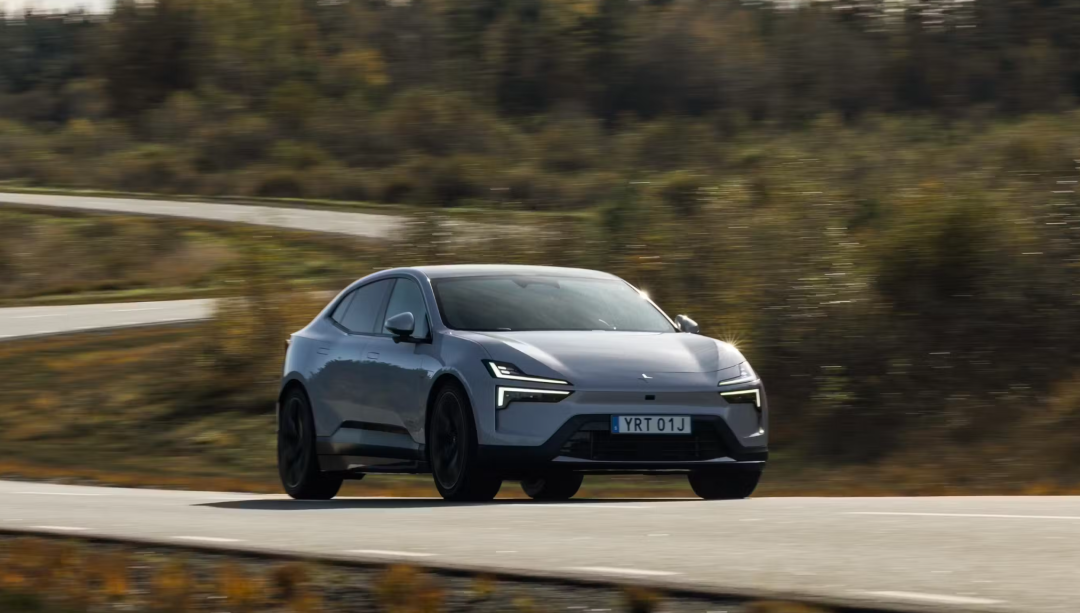
Image source: Polestar official website
Feng Dan, former CEO of Polestar China, also said that although Polestar has been present in China for five years, "we neither have quality nor brand" in the Chinese market.
Moreover, Polestar is flashy but lacks substance, failing to offer truly competitive products. Using an old Chinese saying, it is like "living in the sky with no feet on the ground."
Compared to its competitors, Polestar lacks a true "moat." For example, NIO has carved out a niche with its extended-range electric technology and practical needs for family users, while BYD boasts strong technical capabilities in batteries, motors, and electronic control systems, as well as a rich product line. XPeng has gained popularity through its intelligent and autonomous driving technology and cost-effectiveness, while Li Auto excels with high-quality services and innovative battery swap models. In contrast, Polestar lacks highlights in technological innovation, performance, and intelligence.
At the same time, Polestar's after-sales service has also been criticized for its high maintenance costs, delivery delays, and frequent recalls, further eroding consumer confidence. Many domestic Polestar owners feel like they have been duped, as maintenance costs are exorbitantly high. One Polestar owner spent 250,000 yuan on a Polestar 2, only to find out that the after-sales service cost 540,000 yuan.
In summary, the reasons why Polestar has failed to shine as brightly as NIO, XPeng, and Li Auto in the new energy vehicle sector can be attributed primarily to its confusing brand positioning, unstable management, biased development focus, and insufficient product strength and brand value.
Will Polestar shine again in the future?
Under the heavy pressure of financial deficits, declining sales, layoffs, and production halts, Polestar is striving to find an opportunity to turn things around.
A series of intensive personnel adjustments indicate that Polestar is actively restructuring.
In June of this year, Qin Peiji, a capable member of Geely Auto Group's sales sector, was transferred to Polestar Technologies to serve as Chief Operating Officer. Meanwhile, significant personnel changes also took place at the European headquarters, with former Volkswagen executive Frank van Meel taking over as Chairman of the Board of Directors. He brings rich experience in the automotive industry and a strong background in Geely and Volvo.

Frank van Meel
In terms of funding, Polestar has received crucial infusions. Since the end of last year, with the support of Volvo and Geely Sweden, Polestar has successfully raised $450 million in funds. Subsequently, in February of this year, it raised an additional $950 million (approximately 6.748 billion yuan) through a syndicated loan provided by a consortium of 12 domestic and foreign banks for a three-year term.
In the domestic market, Polestar is leveraging the synergies between Geely and Starlink Meizu to venture into the mobile phone industry, aiming to build a unique brand ecosystem through vehicle-phone interconnection technology and accelerate its intelligent transformation. However, the question remains: does the Chinese new energy market still have room for Polestar?
At present, although the overall new energy vehicle market is still growing, the Matthew Effect is evident, with the rise of domestic brands and pressure on joint venture brands. As a niche high-end brand, Polestar faces unprecedented challenges.
While Polestar's high-end positioning demonstrates ambition, its brand story and technical barriers are not yet sufficient to support a luxury brand image in the global market. From an industry perspective, the second-hand new energy vehicle market lacks a comprehensive valuation system and a mature market environment, and the resale value of domestic new energy vehicles has always been inferior to that of fuel vehicles. Moreover, Polestar's previous low delivery volumes, limited brand awareness, and poor resale value in the domestic market further complicate the situation.
Polestar's product line is relatively rich, with pricing covering the range of 300,000 to 1.45 million yuan, leaving room for potential price reduction strategies. It is not ruled out that Polestar may resort to price cuts to increase sales volumes. However, while price cuts can boost sales in the short term, they may also have long-term impacts on brand value and profit margins.
In the domestic market, the price war in new energy vehicles has intensified, with even traditional luxury brands having to resort to price cuts to compete for market share. Therefore, even if Polestar adopts a price reduction strategy, its path to breakthrough will not be easy.
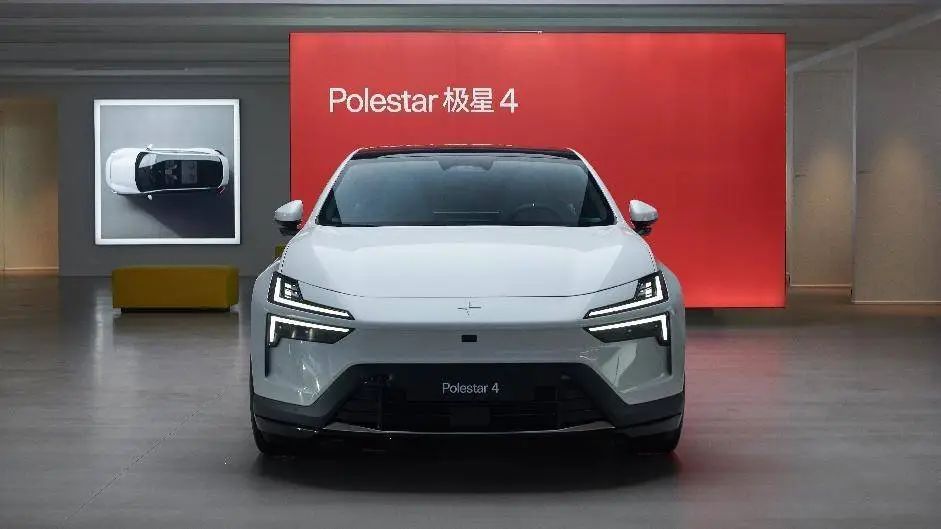
It is worth noting that Polestar's role within the Geely system is gradually undergoing a transformation. With the successful positioning of brands like Lynk & Co and Zeekr in China's mid-to-high-end market, the scarcity of Polestar is diminishing.
In contrast, Polestar may find greater development opportunities in the European market, and its global strategy shows a strong interest in emerging markets. Polestar plans to "enter seven global markets by 2025," aiming to further expand its global retail network through partnerships and expansion.
However, increasing trade barriers for new energy vehicles and the uncertainty of policy environments in overseas markets add more variables to Polestar's international expansion. Overall, competition is fierce, rivals are strong, and the time left for Polestar is limited.








